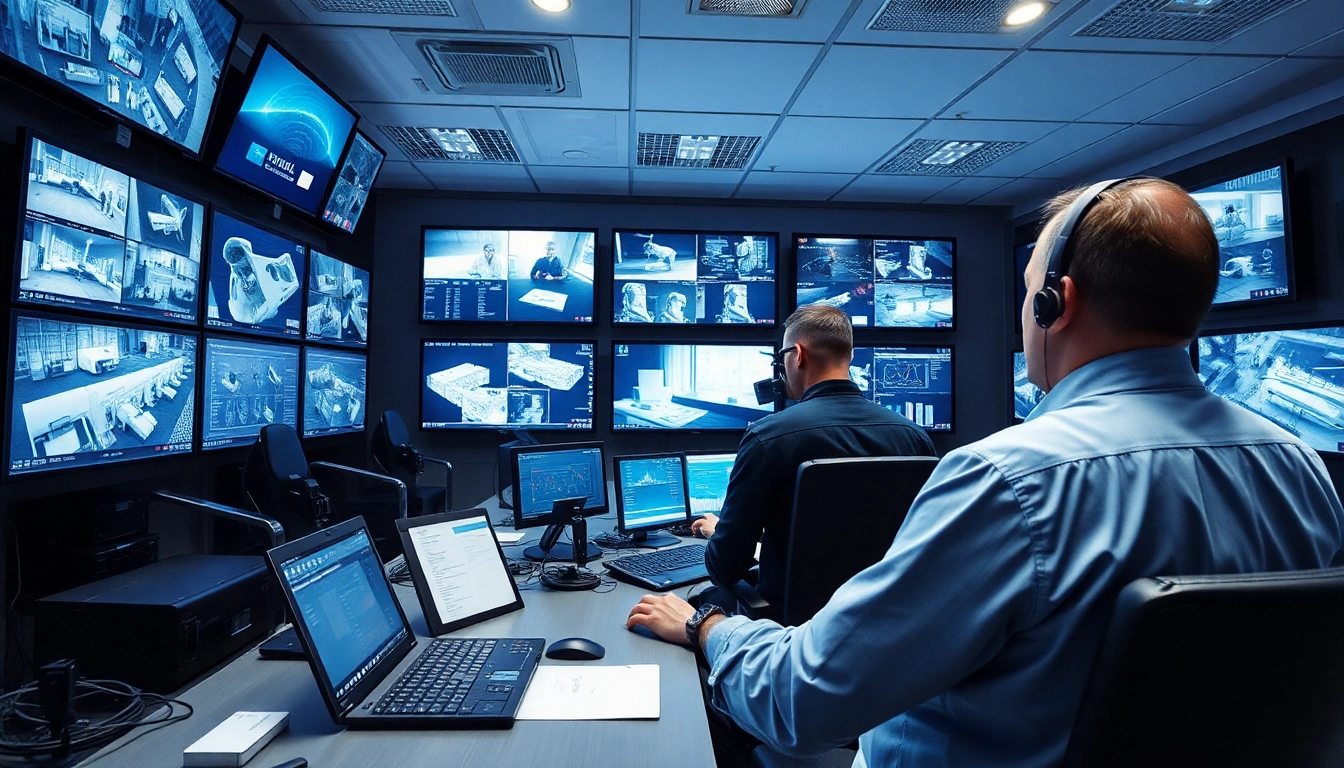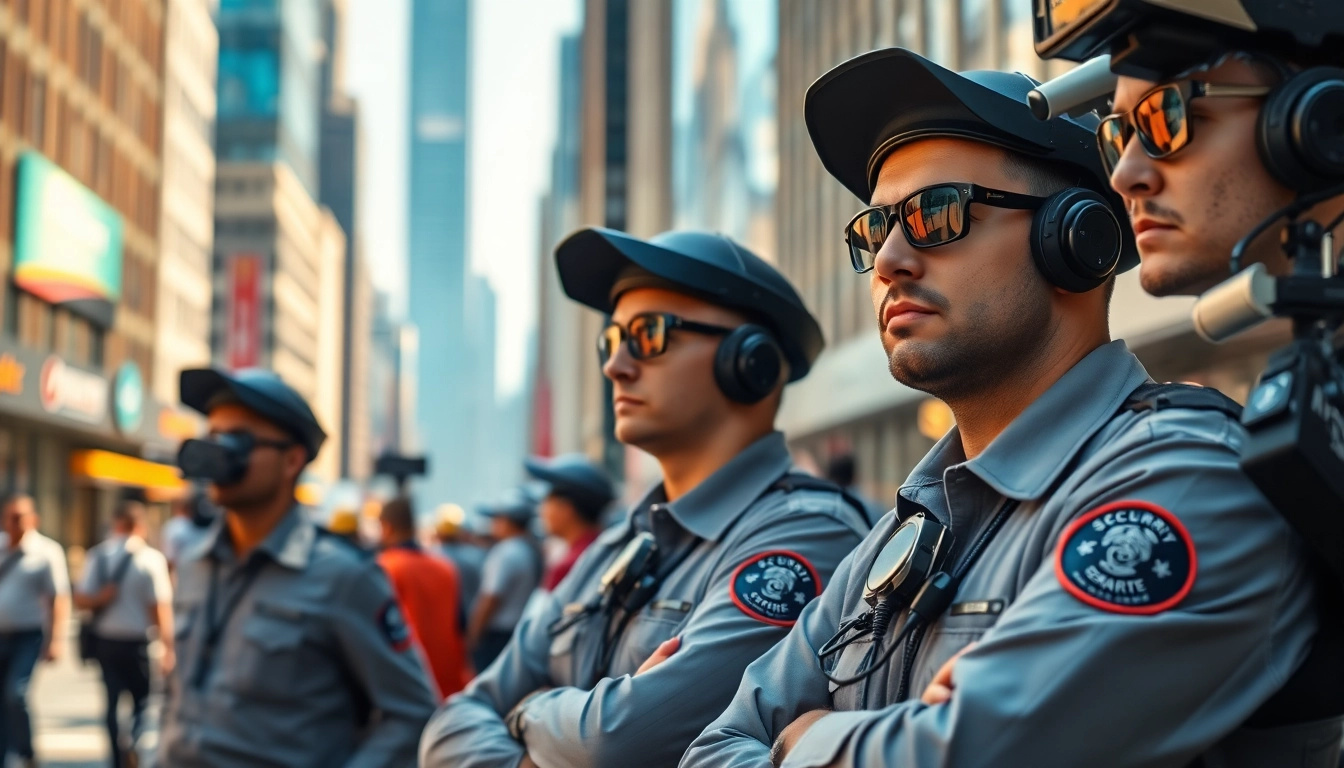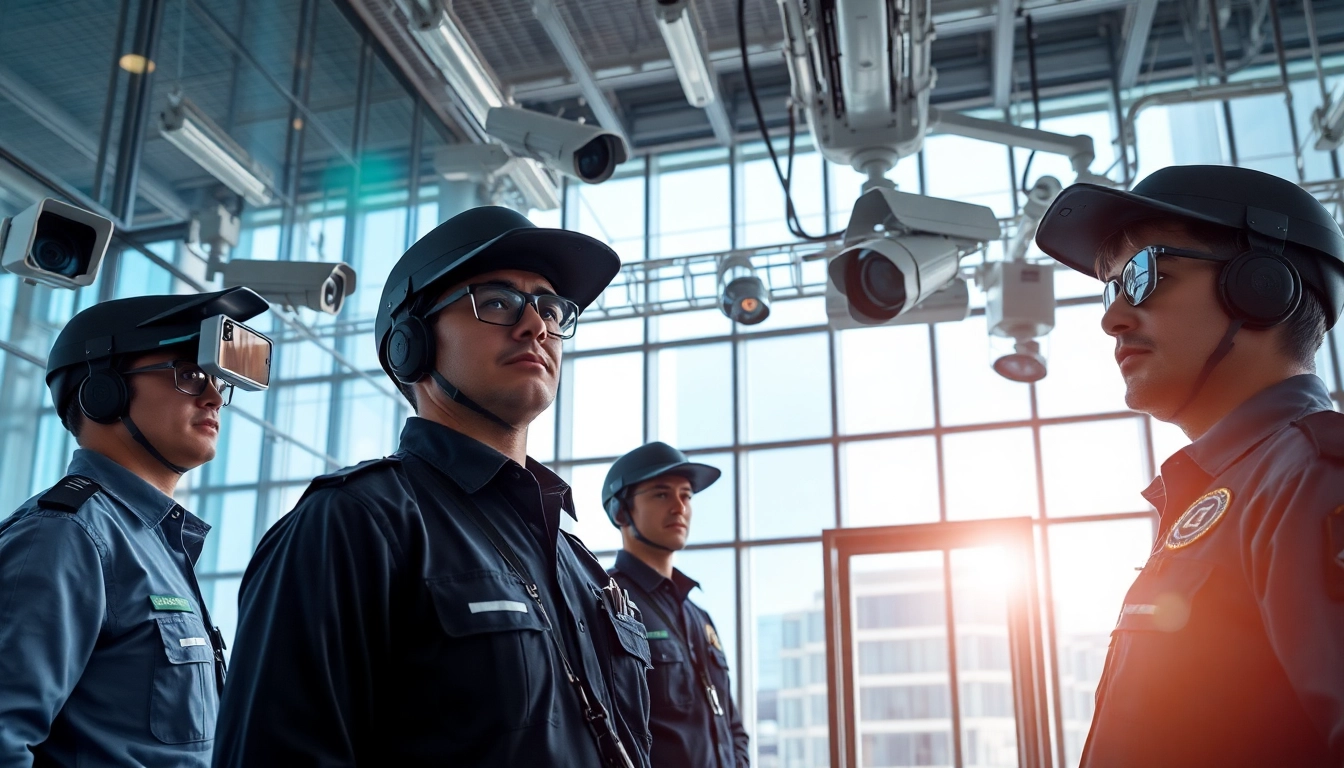Introduction to Physical Security
In an age where threats to personal and organizational safety are evolving, understanding Physical Security has never been more crucial. This framework goes beyond mere locks and guards; it encompasses a multi-layered strategy aimed at preserving the integrity of assets, personnel, and data against various physical threats. Whether it’s a corporate office, a manufacturing facility, or even a residential home, the effectiveness of physical security ultimately determines the level of protection against unauthorized access, vandalism, and potential sabotage.
Defining Physical Security
Physical security refers to the protective measures that are put in place to safeguard people, property, and physical assets from threats such as theft, vandalism, and other forms of physical intrusions. It combines various elements like locks, security guards, access control systems, surveillance cameras, and environmental design to deter unauthorized access and respond effectively when breaches occur. Understanding the key components of physical security helps organizations create a resilient security plan tailored to their specific needs.
The Importance of Physical Security
Securing physical assets is not merely a reactionary method; it is a proactive approach crucial for ensuring business continuity, preserving brand reputation, and protecting sensitive information. The implications of inadequate physical security can lead to data breaches, financial losses, and legal liabilities, making its importance paramount in any organization. In the context of today’s interconnected world, stakeholders from clients to partners expect companies to implement robust security practices.
Key Components of Physical Security
Effective physical security relies on several interdependent components:
- Access Control: Restricting entry to authorized personnel through methods such as key cards, biometric scanners, or security guards.
- Surveillance Systems: Utilizing CCTV cameras and motion sensors to monitor premises actively.
- Environmental Design: Employing strategic architecture and landscaping to deter criminal activity.
- Alarm Systems: Early warning systems that alert security personnel to intrusions or breaches.
Types of Physical Security Measures
Active Security Measures
Active security measures require a direct response to security breaches. These may include:
- Security Personnel: Trained security guards can act immediately to an incident, providing a deterrent as well as a response mechanism.
- Access Control Systems: Automated systems that grant or deny access can be considered active as they operate in real time.
- Alarm Systems: Intrusion alarms that are triggered by unauthorized entry, prompting immediate alerts to security teams.
Passive Security Measures
Unlike active measures, passive security measures are designed to deter threats without requiring immediate action. Examples include:
- Physical Barriers: Walls, fences, and gates that physically deter intrusions.
- Locks: High-quality locks provide an essential barrier against unauthorized access.
- Environmental Design: Designing the physical layout of a space to minimize hiding spots and boost visibility can deter criminal efforts.
Technological Innovations in Physical Security
The landscape of physical security continues to evolve with the advent of technology. Innovations that have improved security include:
- AI-Driven Surveillance: Cameras that utilize artificial intelligence to detect unusual behavior or identify individuals.
- Cloud-Based Monitoring: Security systems that can be accessed remotely via cloud technology allow for constant vigilance regardless of location.
- Integration of IoT Devices: Internet of Things (IoT) devices can provide unprecedented monitoring and control over security systems across a network.
Implementing Effective Physical Security Strategies
Risk Assessment and Management
A well-rounded physical security strategy begins with a thorough risk assessment. Organizations need to identify vulnerabilities specific to their operational environment. This assessment involves:
- Identifying critical assets and their value.
- Understanding potential threats and the likelihood of their occurrence.
- Assessing existing security measures and their effectiveness.
Once a risk assessment is completed, organizations can prioritize threats and allocate resources accordingly.
Developing a Security Plan
After identifying potential risks, a comprehensive security plan is essential. This plan should outline:
- Specific security measures to be employed (both active and passive).
- Roles and responsibilities of security personnel.
- Emergency response procedures in case of a security breach.
Regular updates and revisions to the security plan should reflect changing circumstances and emerging threats.
Training Staff on Security Protocols
Effective physical security relies on the vigilance of personnel. Training staff on security protocols is vital. Vital components of staff training include:
- Educating them on reporting suspicious behavior.
- Familiarizing them with access protocols and the use of security systems.
- Conducting regular drills to reinforce response procedures.
Security is everyone’s job; instilling a sense of ownership among employees will enhance safety efforts.
Best Practices in Physical Security
Integrating Technology with Human Elements
While technology plays a critical role in physical security, human oversight is indispensable. Organizations should:
- Implement systems that augment the skills of security personnel.
- Utilize surveillance technologies that complement human judgment.
- Ensure constant communication between security staff and technological systems for optimal effectiveness.
Regular Audits and Assessments
Regular audits help organizations assess how well their physical security measures are working. These assessments should include:
- Reviewing security protocols against current threats.
- Evaluating the effectiveness of existing technologies.
- Consulting with employees about security perceptions and processes.
Frequent evaluations can help refine security practices and make necessary adjustments before issues arise.
Creating a Culture of Security Awareness
Creating an organization-wide culture of security is paramount. Strategies include:
- Incorporating security into onboarding processes for new employees.
- Encouraging open discussions regarding security among staff.
- Rewarding proactive security behavior and reporting.
When security awareness becomes second nature, overall risks can significantly diminish.
Measuring the Success of Physical Security Programs
Key Performance Indicators (KPIs)
To gauge the effectiveness of physical security measures, organizations should track specific KPIs, such as:
- Incident response times.
- Number of security breaches or attempted breaches.
- Employee feedback on security measures.
These metrics provide tangible data on how well security protocols are functioning and where improvements may be needed.
Feedback Mechanisms for Continuous Improvement
Implementing feedback mechanisms allows organizations to continuously enhance their security protocols. Consider these approaches:
- Anonymous surveys to gauge employee perceptions of security.
- Regularly scheduled meetings to discuss security updates and recommendations.
- Post-incident reviews to analyze what went wrong and how to prevent a recurrence.
These practices ensure that security measures adapt to meet evolving threats effectively.
Adapting to New Threats and Challenges
The realm of physical security is dynamic, with new threats emerging continually. Organizations must:
- Stay informed about industry trends and technological advancements.
- Engage with security professionals to analyze potential new risks.
- Modify security plans promptly to respond to emerging threats and challenges.
Remaining proactive rather than reactive ensures that any potential vulnerabilities are addressed swiftly.













Leave a Reply